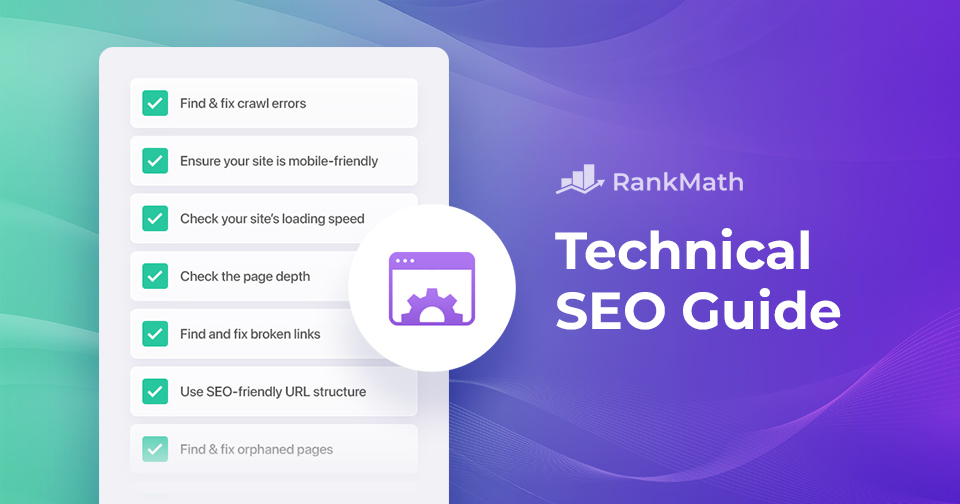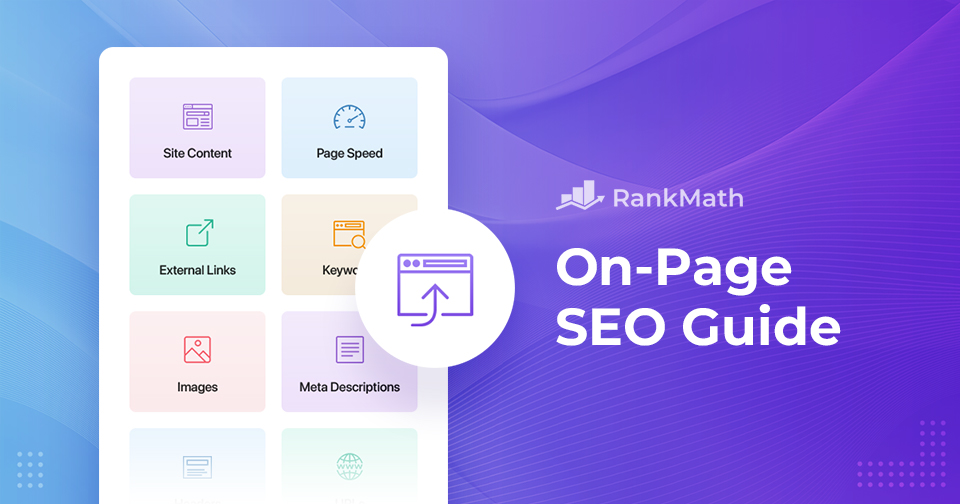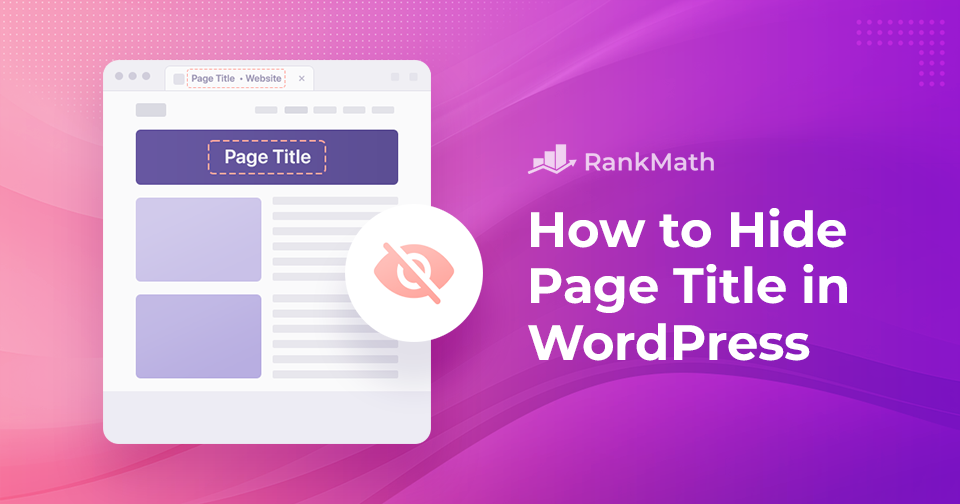Complete Guide to Technical SEO: Improve Your Site Health
Technical SEO is one of the most fundamental aspects of SEO.
But why is technical SEO important?
Because even the most dazzling content or products won’t shine if hidden from search engines. Understanding and implementing technical SEO is key to staying ahead of your competition.
This guide will help unlock the secrets to search engine rankings and a superior user experience. So, let’s dive in and discover the world of technical SEO together.






![How to Change Site Title in WordPress [5 Easy Methods]](https://rankmath.com/wp-content/uploads/2023/10/How-to-Change-Site-Title-in-WordPress-960x504-1.png)